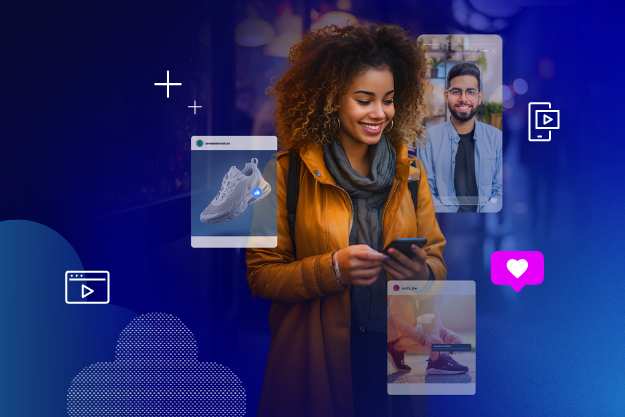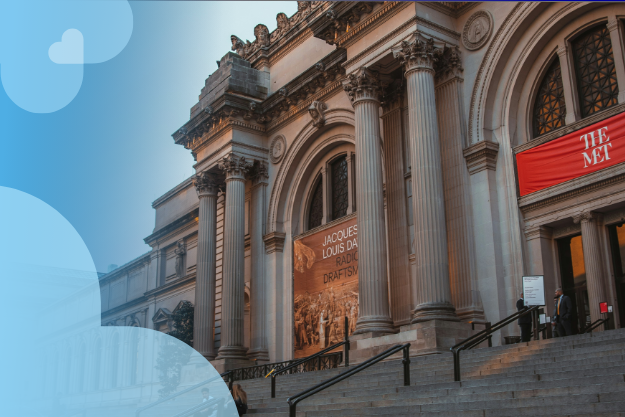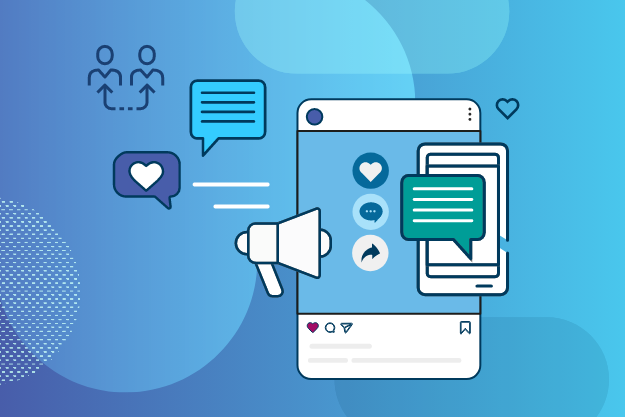Modern brands need to design their marketing strategies with the customer at the center. From small direct-to-consumer brands to globally renowned luxury brands, user-generated content (UGC) can help brands connect better to consumers. In fact, UGC is one of the most scalable, cost-effective ways to create a relatable experience for customers. But why? Delving into the psychology behind UGC, these five factors offer clues into the success behind UGC.
1. Hyper-connectivity and bombardment of Messages
UGC works because it is relatable. Consumers interact with that type of content more because it feels authentic, compared to the myriad brand marketing messages that feel inauthentic. With social media, consumers are exposed to far more images and messages than ever before. With this, consumers have become increasingly better at sussing out content that overtly pushes a sale or worse, feels tone-deaf. To stop the social feed scroll, brands need to employ eye-catching tactics. UGC does precisely that. Many brands are already successfully employing this concept in their feed. Brands like Kirkland's use UGC to show how their pieces actually look in people's houses. This engages the audience well beyond a stock photo while creating a relatable and cohesive experience.

2. Ego-defensiveness and belonging
The widely accepted functional theory of attitudes in psychology includes four distinct personality functions that motivate consumer behavior, one being ego-defensiveness. People use ego-defensive motivation to protect themselves from internal insecurities and external threats. A consumer psychology research study found empirical evidence that people post UGC because it makes them feel important and needed, and increases their self-esteem. Social connection is closely related to ego-defensiveness as well; by posting content online, people identify with others who are also consuming the same products. It makes you feel like part of a community, which is a strong motivator to continue posting. Social media has made it possible to remain in touch with hundreds of friends easily. We not only want to connect with them, but we also want to impress them and be like them. What better way to do this than by posting content that they are posting too?
3. Influence from peers
There’s no denying the fact that people care what others think when making a decision. The psychology of social proof plays its part in shaping people’s opinions, especially regarding something that’s new for them, and this is one of the reasons why UGC becomes so effective. No matter how "independent” and “self-sufficient” someone may consider themselves to be, the reality is that humans are largely influenced by the experiences of others. If someone posts about their positive experience with a new sushi delivery service while you are already searching for one, you would actually be thankful to them for guiding your way. Similarly, a large number of shares of a fast-food chain review will be indicative of the fact that it resonated with other consumers right off the bat. So, you would be inclined to try it out. These are examples of social proof that help to instigate the consumers’ trust and make the brand or business more credible and worthy of being tried.
4. Authenticity
Another edge that UGC has over traditional brand content is that it reflects authenticity – the genuine emotions of the common individual enjoying a product or service are far more relatable than a stock photo or branded shoot. 75% of people surveyed indicated that UGC feels more authentic, and 48% of marketers also consider it to be a better option from the marketing perspective. Essentially, it’s all about humanizing a brand’s message and building a relationship with the consumers, rather than merely making sales. When real people share stories of their experiences with a brand, both good and bad, others appreciate their transparency. This genuine experience translates to a good opinion of the brand.
5. A sense of approval
Validation is a natural thing for people to seek from others. We rely on social cues and direct feedback to validate our feelings and perceptions of the world around us. And this exact need aligns with UGC.
If a customer is noticed by their favorite brand for sharing an unboxing video, they're receiving validation for that engagement. That feedback loop gets consumers motivated to share more content with the brand, which causes them to feel good and simultaneously results in word-of-mouth marketing for the brand.
User-generated content is not merely a marketing strategy employed by brands to make sales. By marketing content created by the users, for the users, a brand inevitably accrues a community of loyal consumers. While doing this can immensely improve a brand’s position in the market and help them achieve a better reputation while making sales, the authenticity and personal connection between the brand and consumer developed in the process is perhaps the most important effect to recognize. UGC goes beyond simpler marketing strategies; it is a revolutionary avenue to form relationships.
Nouman provides ghostwriting and copywriting services. His educational background in the technical field and business studies helps him in tackling topics ranging from career and business productivity to web development and digital marketing. He occasionally writes articles for sushi delivery.
Editor's Note: This article was originally published on pixlee.com. Any statistics or statements included in this article were current at the time of original publication.




































